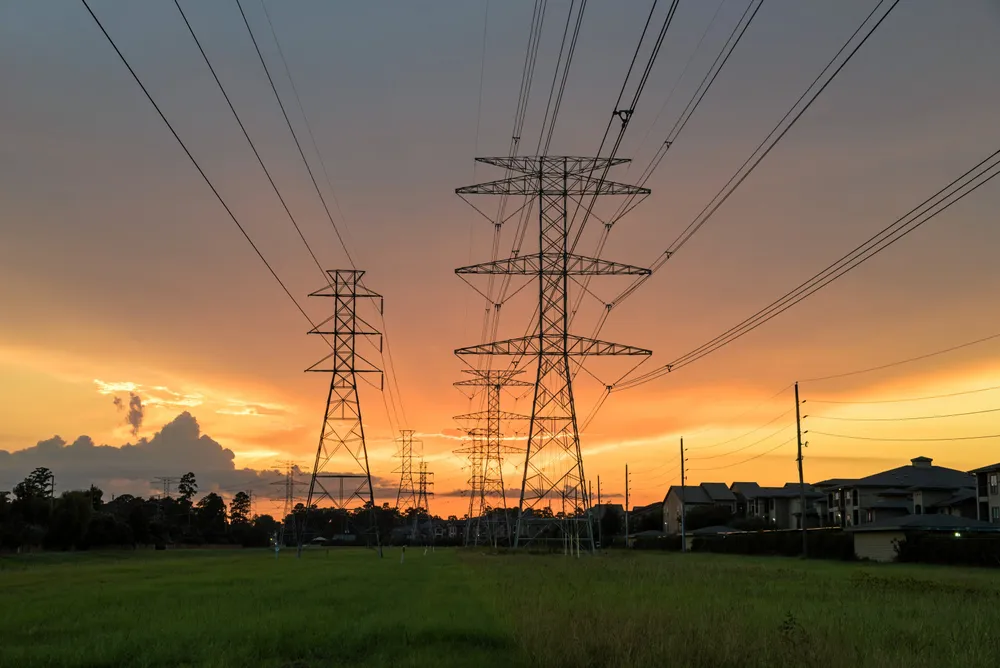US sets 10 national interest transmission corridors to enable load growth and energy transition
Department of Energy designation could ease permitting for backlog of powerline projects while unlocking federal financing

The US Department of Energy (DoE) identified 10 federal power line passageways to carry escalating renewable energy generation in the nation’s interior and along its coasts to load centres to advance President Joe Biden’s climate ambitions and meet anticipated surges in demand.
National Interest Electric Transmission Corridors (NIETC) designation will streamline the onerous permitting process that has held back major grid upgrades needed to enable the burgeoning energy transition while also unlocking federal funding, DoE said.
“In order to reach our clean energy and climate goals, we've got to build out transmission as fast as possible to get clean power from where it's produced to where it's needed," said John Podesta, senior advisor to the president for International Climate Policy.
“At more than a century old, our power grid is showing its age, leaving American consumers to bear the costs of maintaining it with frequent and longer power outages from extreme weather,” said Secretary of Energy Jennifer Granholm.
NIETC designation offers the “potential for federal siting and federal eminent domain,” said Sam Walsh, general counsel for DoE during a panel discussion at ACP’s Cleanpower 2024 conference Wednesday.
It could also unlock DoE financing, including direct loans through the Transmission Facilitation Programme.
NIETC regions would still need to undergo review under the National Environmental Policy Act (NEPA), but this review could be used for specific projects within the corridor without the need for a duplicate process.
Proposal of the corridors now opens a 45-day comment period.
(Copyright)